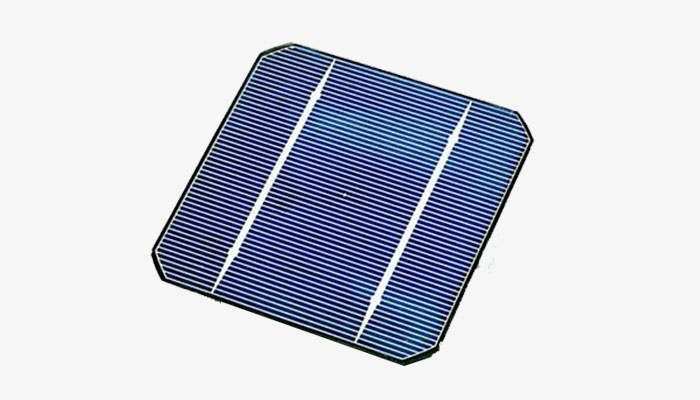Introduction:
The vacuum laminator plays a crucial role in the production process of solar cells. It ensures
the protection, durability, and performance of solar panels by encapsulating the sensitive
photovoltaic materials within a laminated layer.
Equipment Setup:
- Laminator Chamber: The vacuum laminator consists of a vacuum chamber where the solar
cells are placed and laminated. The chamber is designed to create a controlled environment
free from air and other impurities during the lamination process.
- Heating Elements: The laminator is equipped with heating elements that raise the
temperature of the cells to facilitate proper bonding between the layers.
- Vacuum System: A vacuum pump creates a vacuum within the laminator chamber,
removing any air trapped between the solar cell layers to ensure uniform lamination and
eliminate air bubbles.
- Temperature Control System: Precise temperature control is crucial for maintaining the
integrity of the solar cells. The laminator includes a temperature control system to regulate
and monitor the heating elements within the desired range.
- Pressure Application: A pressure system ensures even distribution of mechanical pressure
during laminating, aiding in optimal adhesion between the layers of the solar cell module.
Lamination Process:
- Preparation: Before the laminating process, the solar cells are carefully cleaned to remove
any dirt, oils, or dust particles that may affect adhesion. The cleaned cells are then arranged
in the desired configuration with an encapsulant material placed between them.
- Loading: The prepared solar cell stack is loaded into the laminator chamber, ensuring
proper alignment and positioning.
- Vacuum Application: The vacuum pump is engaged to initiate the vacuum process within
the chamber. This pulls out any trapped air, creating a vacuum environment and removing
potential voids or air bubbles between the layers.
- Heating: Once the vacuum is applied, the heating elements are activated gradually to reach
the appropriate temperature. The temperature is carefully controlled to avoid thermal damage
to the solar cell materials.
- Pressure Application: After reaching the desired temperature, mechanical pressure is
applied to ensure a complete and uniform adhesion between the encapsulant and the solar cell
layers. The laminator maintains the pressure for a predefined time to optimize adhesion.
- Cooling and Release: Once the lamination process is completed, the solar cell stack is
cooled down to solidify the encapsulant. The laminator releases the pressure, and the
laminated solar cell module is ready to be further processed or tested.
The setup and process of a solar cell vacuum laminator are critical for achieving reliable and
efficient solar panels. Through rigorous vacuuming, heating, pressure application, and
cooling, the laminator ensures the proper encapsulation and protection of the solar cell layers.
This write-up provides a general overview of the setup and process, highlighting the
importance of temperature and pressure control throughout the lamination process.
